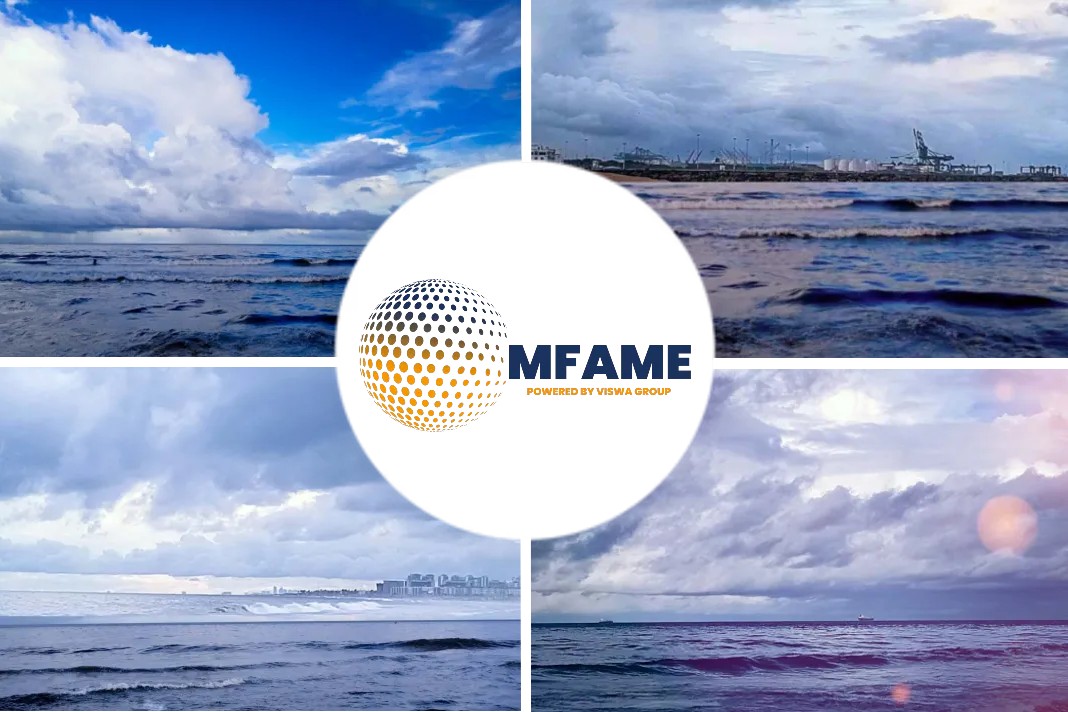- Innospec in December published a technical bulletin entitled Cold Flow.
- Cold Flow Improvers (CFI) are created to target the most common N-Paraffins within a fuel.
- In theory a single CFI could be designed to impact the entire n-paraffin range found in VLSFOs.
Colorado-based global specialty chemicals company Innospec in December published a technical bulletin entitled Cold Flow – A Point on Pour Point. The document has been shared with Singapore bunkering publication Manifold Times.
Why are there no Cold Flow Improvers (CFI) for VLSFO?
Cold Flow Improvers (CFI) are created to target the most common N-Paraffins within a fuel. For MGO, this is relatively simple due to consistency in production and therefore in the n-paraffin distribution.
VLSFO quality is far more variable. Our research into n-paraffin distribution of VLSFO has shown that they not only differ from MGO, but significantly differ from each other.
This means a cold flow improver designed for MGO will most likely not work on VLSFO, whilst CFI products designed for one VLSFO may not be effective in others.
CFI products are designed to target a specific range as illustrated by the treat range. We can see CFIs for the typical MGO will have limited to no impact on VLSFO 1 or VLSFO 2 as most n-paraffins for these fuels exist outside of the treat range.
Solution?
It would be possible to produce a specialist CFI to treat the n-paraffins of a single VLSFO, however the prospect of treating all VLSFOs with a single CFI is not practicable.
In theory a single CFI could be designed to impact the entire n-paraffin range found in VLSFOs. However, such a treatment would require very high treat rates and prove prohibitively expensive and of little practical use.
The most practical way to prevent cold flow issues when using VLSFO is to ensure sufficient heating in fuel tanks, while maintaining temperatures in line with or close to the Wax appearance temperatures wherever practical.
Residual fuels are often highly viscous and require heating to bring their viscosity down to a level where effective pumping and injection is possible. For HSFO, fuels were stored unheated and then before use brought up to temperature.
However, VLSFO will require continuous heating in storage to prevent cold flow issues in colder climates. Though, much like heating MGO, heating lighter VLSFOs over time is not advised due to the onset of ageing which is common when lighter or FAME components are heated in the long term.
Did you subscribe to our daily newsletter?
It’s Free! Click here to Subscribe!
Source: manifold times



















